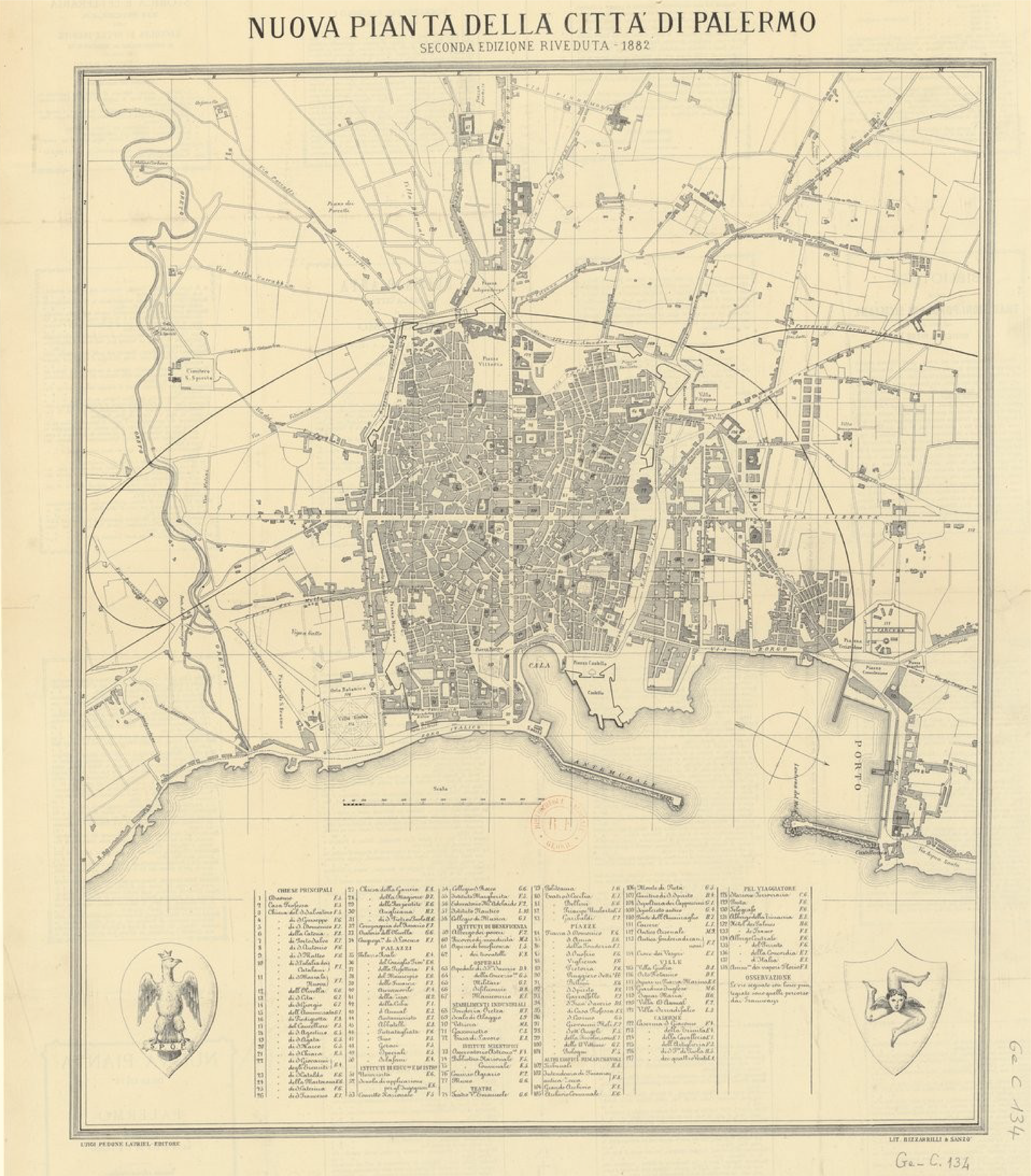
After the Unification and after voting in 1860 in favour of the annexation to the Kingdom of Italy, Palermo was a very poor city: the strong social inequalities led to a violent popular riot in September 1866. During the second half of 19th century, the town underwent a great urban and demographic expansion, new districts and major roads were built, such as the known viale della Libertà. Cultural and musical life remained a prerogative of the elite, but the middle class gradually got involved. The operas – with very few premieres, such as Bottesini’s Marion Delorme, and several divas – were performed at Teatro Bellini (once called Carolino). The first project of a new great opera house dates back to 1867, thus leading to the construction of the Politeama Garibaldi (1874) and then of the Teatro Massimo Vittorio Emanuele (1897). The lower classes, most of them illiterate persons, and the middle classes gathered in the old and outdated theatres Santa Cecilia and Bellini, but also in the new spaces created after the Unification, such as the Garibaldi, San Ferdinando and the Circo, all staging shows and entertainments of different genres.